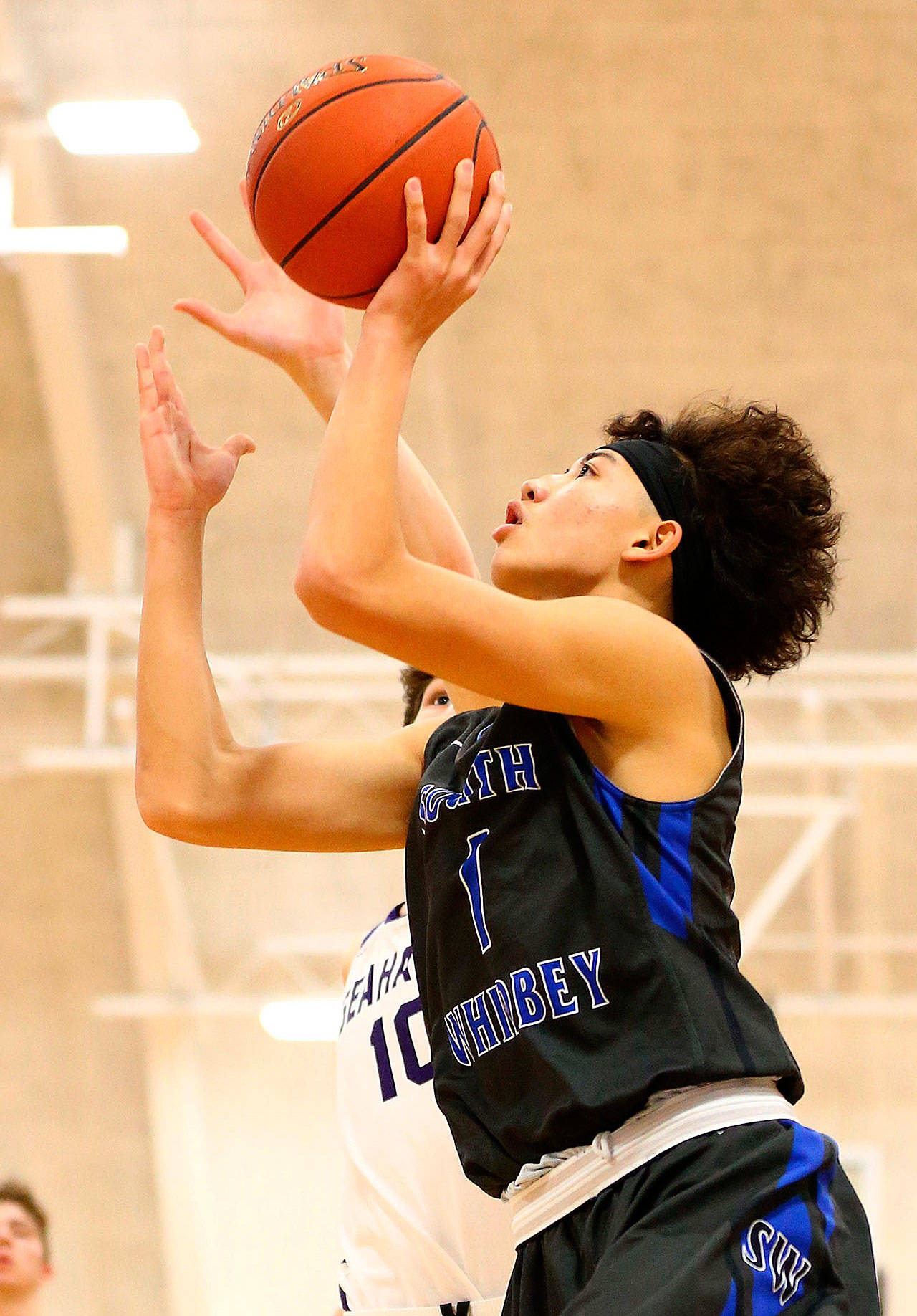The Washington Interscholastic Activities Association revised its guidelines for school sports this week to fall in line with the new policies announced by the governor’s office and the Department of Health recently.
Up to this point, returning to play was based upon which phase a county reached in the four-phase Safe Start plan. Counties needed to be in Phase 3 or Phase 4 (depending on the risk level of a particular sport) for its schools to be eligible to start practices.
As of this week, no state counties were in Phase 4 and only a few, including Island, were in Phase 3.
The new guidelines replaced the phase system with the percentage of COVID-19 cases per 100,000 residents and the percentage of positive tests in a 14-day period to determine if schools within a county can compete.
The state set up a three-tiered system for its counties: high-, medium- and low-risk.
Schools in high-risk counties, 75 cases per 100,000 and greater than a 5 percent positive rate, can start practices in small groups and compete in low-risk sports: cross country, golf, swimming, tennis and track and field. No spectators will be allowed.
Schools in medium-risk counties, 25-75 cases and less than a 5 percent positive testing rate, can compete in medium-risk sports: baseball, soccer, softball, volleyball, gymnastics and bowling. Spectators will be limited to one guardian or parent per competitor.
Schools in low-risk counties, those with less than 25 cases per 100,000 and less than a 5 percent positive testing rate, will be allowed to compete in high-risk sports: basketball, football, wrestling, cheer and dance. Tournaments and spectators (following the Safe Start guidelines) will be allowed.
Island County, as of Monday, Oct. 5, had a 40.1 per 100,000 rate and 3.3 percent positive test rate. At this level, Coupeville, Oak Harbor and South Whidbey schools could compete in only medium- and low-risk sports.
The governor’s office also said this week that schools and community sports programs do not have the authority to implement more lenient policies. In addition, each individual sport’s return to play guidelines were updated in accordance with the governor’s new policies.
This summer the WIAA changed the traditional three-season school year into four shorter seasons. Because COVID-19 was still prevalent this fall, schools chose to move sports scheduled to compete in the first season (September through November) to later in the year.
The second season, which includes the traditional winter sports (basketball, wrestling and boys swimming) is set to begin practices Dec. 27.
The traditional fall sports (football, boys tennis, cross country, girls soccer, girls swimming, small school boys soccer and volleyball) begin in late February.
The traditional spring sports (baseball, golf, boys soccer, softball, girls tennis and track and field) start April 26.



